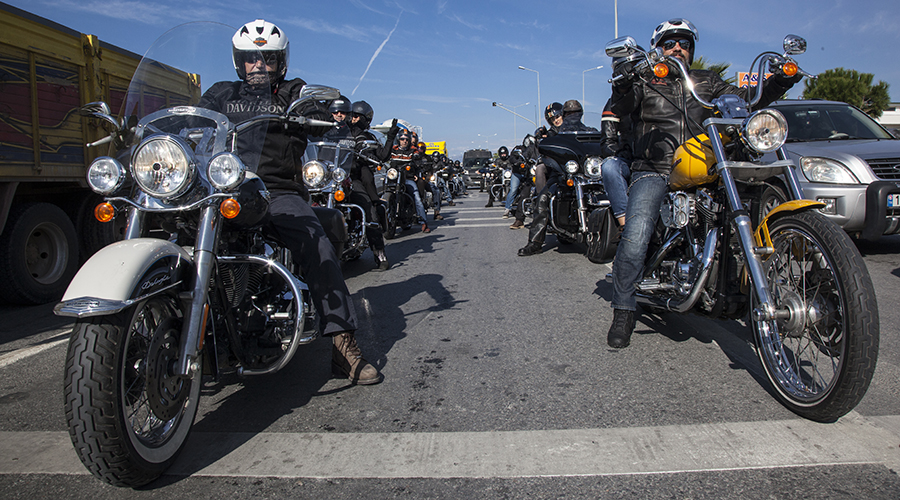Motorcycle Laws
Riding in Colorado: What You Need to Know
Motorcycle drivers must obey all the same traffic laws as other motor vehicles on the roadways. Because those laws vary from state to state, make sure you're aware of Colorado laws so you can ride safely and legally. The minimum safety standards for motorcycles in Colorado include the following:
Protective Gear
Helmets: Although helmets are proven to save lives, riders age 18 and over are not required to wear helmets in Colorado. However, if the motorcycle operator or passengers are under age 18, they must wear DOT-approved helmets.
In 2006, 65% of fatally injured motorcycle riders were not wearing a helmet in states without all-rider helmet laws, compared with only 13% in states with all-rider helmet laws. (NHTSA, 2007)
Eye Protection: In Colorado, some form of eye protection is legally required for all riders-drivers and passengers. The best eye protection comes from a visor on a helmet. Goggles or eyeglasses with lenses made from safety glass or plastic are also acceptable. A windshield is not considered adequate eye protection.
Passengers
Footrests: Bikes must be equipped with footrests for passengers; passengers must utilize them.
Riding position: Passengers must ride on the seat behind the driver or to the side (i.e. side car), not in front of driver.
Traffic Laws
Passing or Overtaking: Passing or overtaking a vehicle in the same lane is Illegal in Colorado; no lane sharing or splitting with cars. However, motorcycles can share a lane or "co-ride" with one other motorcycle.
Clinging: As a rider, you cannot attach your motorcycle to another vehicle, i.e. grab onto another motorcycle or vehicle (i.e. towing).
For basic skills tips and Colorado motorcycle licensing information, view the Colorado Department of Revenue Motor Vehicle Division's motorcycle handbook.
